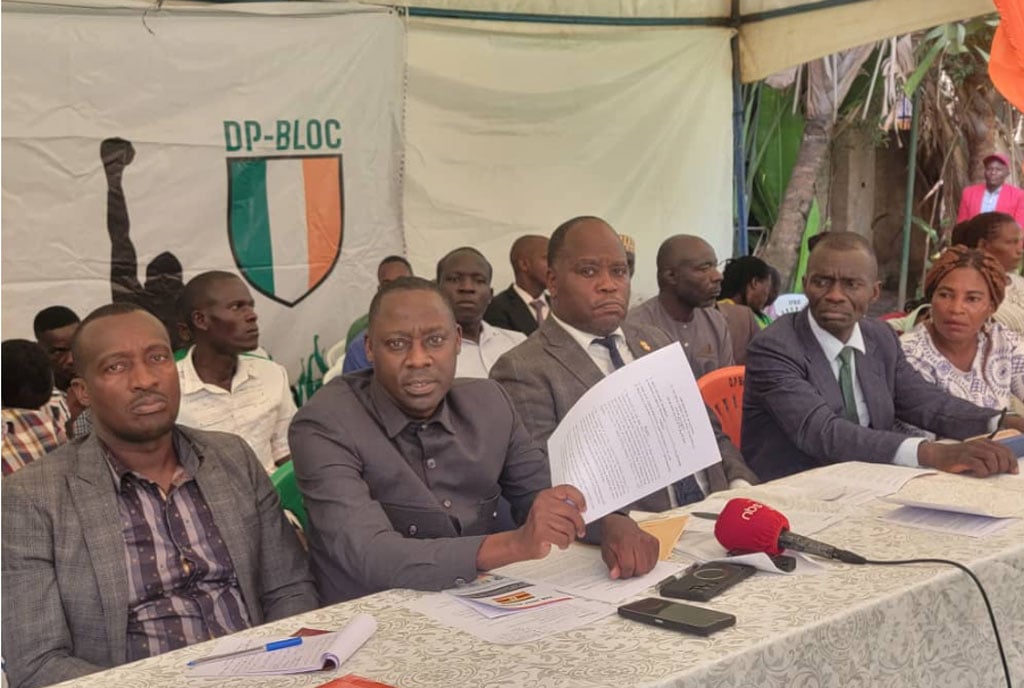Prime
Why I don't like ballet dance teaching in Ugandan schools

Author: Raymond Mugisha. PHOTO/FILE
What you need to know:
- There is nothing special for Ugandan children to derive from a foreign dance and such other elements of foreign culture. Let us stick to our own dance, and other similar cultural constituents.
Internet sources indicate that ballet dance originated in Italy in the 15th and 16th centuries. Around that time, referred to as the Italian renaissance, the region achieved a lot in the areas of painting, architecture, sculpture, literature, music, philosophy, science, technology, and exploration. Promoted as an element of entertainment of Italian royalty, ballet spread to France and even got more formalized there and gained popularity. The dance is described as a combination of choreography and art with light classical music. Today, it has become a popular item in African, and I have read about a dancing school or two, training children in it on the continent.
In Kampala, Uganda, many an average parent will possibly have been notified that their child is taking ballet dance lessons at school. It is common at many average and top schools around town, and finds its place with other school activities such as swimming and sports. I have noticed that many young children like it, since they have been motivated towards it by teachers and parents. It comes with special attire for it, and is engaging – just as many extracurricular activities tend to be, and is surely the kind of thing that would excite a young mind. In my opinion, ballet dance occupies a higher priority sit, compared to other dance styles that one would expect to be taught to African or Ugandan children.
For clarification in advance, I do not have a problem with ballet dance, as a style. I would not find it odd if some people in our society were ordinarily interested in it, casually as a form of entertainment. However, to see it prominently promoted as something for Ugandan children to dedicate sufficient time to, in their formative years, is inappropriate. It is a cultural miss on our part.
I cannot reconcile my mind with why an Acholi child, in a Kampala school, would be influenced to fall in love with a fallen dance such as ballet while there is the bwola dance and dingi dingi. We have amagunju dance from Central Uganda and yet we are making our children to fall in love with a foreign dance, as if our ancestors did not develop our own. Historically, in Africa, dance played a key role in worship, social celebrations, and as a means of entertainment and self- expression. It is a critical element of our culture. Ballet dance is European culture. Culture is important as a driver of increased tolerance, and opportunities to come together with others. These are vital aspects to promote within our own diversity as a people. Culture gives children an earliest sense of who they are. The unique cultural influences children respond to from birth affect the way they develop into adults. So while things such as the promotion of foreign dance in Ugandan schools, at a significant scale, would appear harmless to many, in effect they represent our willingness to trade off our own culture for useless foreign substitutes. The result of such choices on our part influences our children to grow up hungering for foreign identities as a means to their fulfillment. We need to separate useful knowledge, a lot of which we can borrow from foreign sources, and useless or sometimes harmful foreign intrusions onto our own cultures and ways. Ballet dance, as part of what Ugandan children are being encouraged to learn, falls under this useless bracket.
There are numerous traditional dances in Uganda. Ekizino, orunyege, edonga, agwara, ekitaguriro, akogo, mbaga are a few of them. Across Africa, the list of dances that can be taught to African children is inexhaustible. Let us leave Europeans to study and perfect their ballet and other dances of theirs. Our children should learn and perfect our own. Let us not continue to play accomplice to eroding our culture with non-value adding foreign imports.
Now, I will not be surprised that some people will argue that there is no problem with schools prioritizing foreign dance, since parents can teach their children whatever else is necessary in that regard. They will not appreciate that school, as a formal learning environment, wields a lot of influence on children and therefore what the schools emphasize will most likely get entrenched firmer than the alternatives. There is nothing special for Ugandan children to derive from a foreign dance and such other elements of foreign culture. Let us stick to our own dance, and other similar cultural constituents.
Raymond is a Chartered Risk Analyst and risk management consultant


